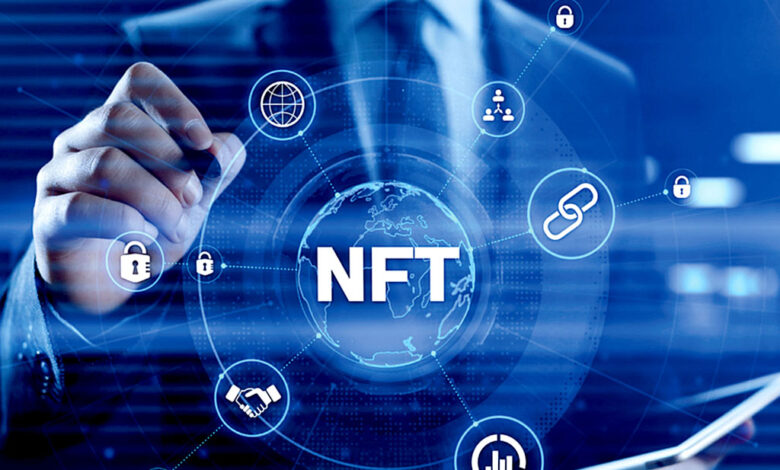NFTs: A Beginner’s Guide to Understanding Non-Fungible Tokens

Over the past few years, there has been a lot of buzz around NFTs, or non-fungible tokens. From digital art to music to sports collectibles, NFTs have become a hot topic in the world of blockchain and cryptocurrency. But what exactly are NFTs and how do they work? In this beginner’s guide, we’ll break down everything you need to know about non-fungible tokens.
What are NFTs?
NFTs are unique digital assets that are stored on a blockchain, a decentralized ledger that records transactions. Unlike cryptocurrencies such as Bitcoin or Ethereum, which are fungible (meaning that each unit is interchangeable with another unit of the same value), NFTs are non-fungible, meaning that each one is unique and cannot be exchanged for another asset of the same value.
NFTs can take many forms, from digital art and music to virtual real estate and video game items. Each NFT contains a unique identifier, or “token,” that verifies its authenticity and ownership.
How do NFTs work?
NFTs are created using smart contracts, self-executing programs that run on a blockchain. When an NFT is created, the smart contract stores all of the information about the asset, including its unique identifier, ownership history, and any additional metadata.
When an NFT is sold or transferred, the smart contract automatically updates the ownership information on the blockchain, making it easy to track the asset’s ownership history.
Why are NFTs so popular?
One of the main reasons that NFTs have become so popular is that they allow creators to monetize their digital creations. In the past, digital art and music could be easily copied and distributed without the creator receiving any compensation. NFTs allow creators to sell their digital assets as unique, one-of-a-kind items, making it possible to earn money from their creations.
NFTs have also become popular among collectors, who are willing to pay top dollar for rare or unique digital assets. In March 2021, a digital artwork by the artist Beeple sold for a record-breaking $69 million at a Christie’s auction, making it the most expensive NFT ever sold.
What are the risks of investing in NFTs?
Like any investment, NFTs come with risks. One of the main risks is that the value of an NFT can be highly speculative and may not hold its value over time. Just because an NFT sells for a high price today doesn’t mean that it will be worth the same amount in the future.
Another risk is that the market for NFTs is still relatively new and unregulated, which means that it can be difficult to verify the authenticity of an NFT or to ensure that the seller has the legal right to sell it.
Final Thoughts
NFTs are a fascinating new technology that has the potential to revolutionize the way that we think about digital ownership and monetization. While there are certainly risks involved in investing in NFTs, there are also many opportunities for creators and collectors alike. As with any investment, it’s important to do your research and to invest wisely.





